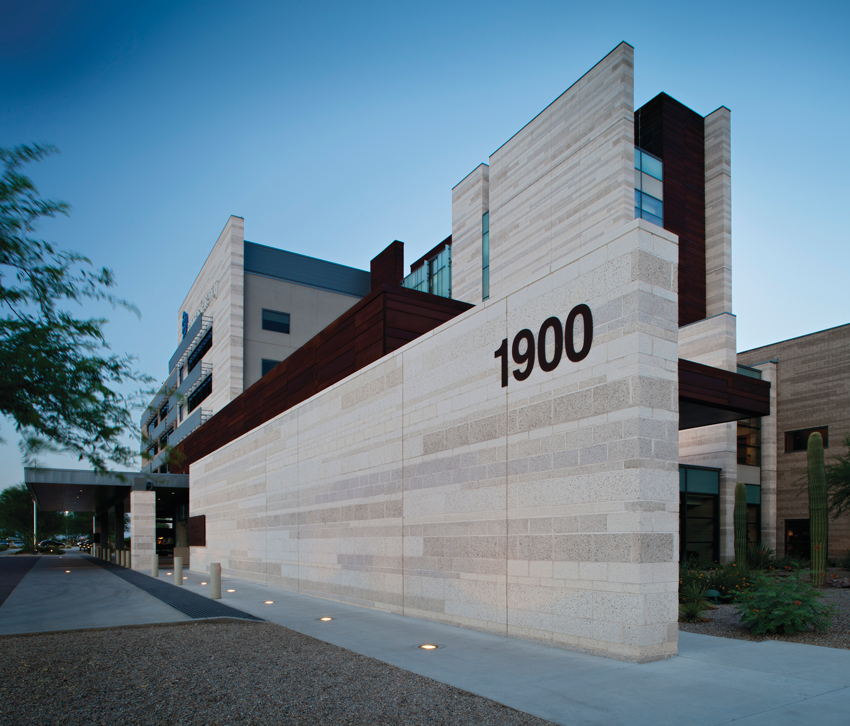Masonry and LEED v4
Learning Objectives:
- Discuss the ways in which the U.S. Green Building Council’s Leadership in Energy and Environmental Design (LEED) fosters sustainable building.
- Identify the principal areas in which LEED v4 differs from previous versions of LEED.
- Explain how masonry products are already engineered for rapid compliance with new LEED v4 requirements.
- Articulate the advantages of insulated concrete masonry systems and foam panel systems, as they fulfill green building goals and can earn credits in the Materials and Resources category of LEED v4.
Credits:
This course is approved as a Structured Course
This course can be self-reported to the AANB, as per their CE Guidelines
Approved for structured learning
Approved for Core Learning
This course can be self-reported to the NLAA
Course may qualify for Learning Hours with NWTAA
Course eligible for OAA Learning Hours
This course is approved as a core course
This course can be self-reported for Learning Units to the Architectural Institute of British Columbia
The U.S. Green Building Council has rolled out the latest changes to its widely accepted Leadership in Energy and Environmental Design (LEED) green rating system. The changes, known as LEED v4, have increased the stringency of the requirements to comply with the principles of green design. By their very nature, some products are more conducive than others to compliance with the changes in LEED v4. This course will discuss masonry in terms of its inherent ability to meet and exceed requirements of the new model. Also discussed will be several high-performance masonry systems and how they meet energy targets, reduce noise, and meet aesthetic objectives.

All photos courtesy of Oldcastle Architectural
With the advent of LEED v4, architects have much to consider in choosing building materials.
LEED v4 and Building Materials
In fall 2013, the U.S. Green Building Council formally launched changes to its green rating system. The result is LEED v4. While the system is currently in the transition stage, in which projects can earn credits under either the previous version, LEED 2009, or LEED v4, after October 31, 2016, all new building projects must register under LEED v4.
It is widely acknowledged that LEED v4 has increased the stringency of requirements across all sectors from water to energy to materials. LEED v4 also goes deeper into getting a real take on exactly what comprises a building project and, to that end, has introduced a new approach for building materials and products. With overarching goals of transparency, responsible sourcing, and rigorous documentation, LEED v4 asks some basics about building materials. What are they composed of, and are hazardous ingredients involved? Where are the materials sourced, and how do they come to the manufacturer? Can the manufacturer document the life-cycle impacts of its products? The most significant changes in LEED v4, in fact, occurred in the Materials and Resources category, with three entirely new credits focused on product disclosure.
What LEED v4 Means for the Architect
For specifiers of building products in vertical construction projects, Materials and Resources is almost overwhelmingly the primary category in which products can contribute to credits, and the upshot for architects specifying those products is the need for more—and more diligent—product research. Architects will require more information and have more to consider when making product selections. Under LEED v4, the selection of a certain building material does not automatically earn a credit but may contribute, along with a host of other factors, to a specific credit. Those materials with environmental product declarations (EPDs) or health product declarations (HPDs) may be at an advantage as compared to similarly performing products, but it is up to the architect not only to determine the type of product which best suits the project needs, but also which manufacturer has the documentation for which products.
Though recycled content and regionally manufactured materials are handled differently in LEED v4 as compared to LEED 2009, those attributes can still be an important consideration when selecting building products. LEED also encourages the synergy that occurs when one product has multiple benefits or can serve multiple functions.
















